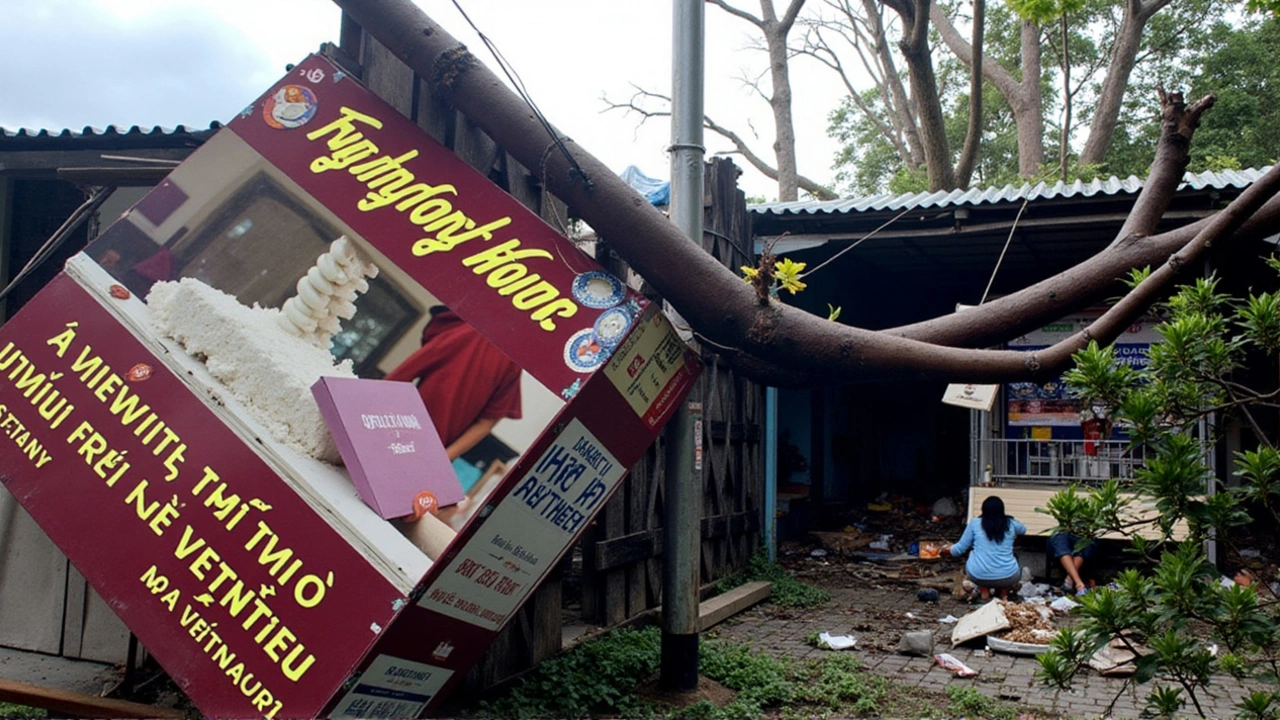Typhoon Yagi — Latest Forecasts and What You Should Do Now
Typhoon Yagi can shift track and strength fast. If alerts mention Yagi near your area, don’t wait. This page shows how to follow official updates, what warnings mean, and simple actions to keep you and your family safe.
How to track Yagi right now
Use official weather agencies for reliable info: Japan Meteorological Agency (JMA), Joint Typhoon Warning Center (JTWC), and your national meteorological service. Look for watches, warnings, and storm surge bulletins — those tell you how urgent the threat is. Local emergency services post evacuation orders and shelter locations on their websites and social channels. Avoid relying on unverified social posts or rumors.
Know the difference: a watch means conditions could become dangerous; a warning means danger is expected soon. Track the storm’s projected path, but remember models change. Follow updates every few hours if the typhoon is nearby.
Practical safety steps: before, during, after
Before the storm:
- Assemble a basic emergency kit: water (3 days), nonperishable food, flashlight, batteries, first-aid kit, medicines, and charger or power bank.
- Secure loose items outside — furniture, bins, and garden tools can become projectiles in high winds.
- Move vehicles to high ground; park away from trees and flood zones.
- Fill containers with clean water for washing if tap water may be cut. Keep cash and important documents in a waterproof bag.
- Plan where to go: know your nearest shelter and an evacuation route. Tell family or neighbors your plan.
During the storm:
- Stay indoors and away from windows. Use a radio or phone for official updates.
- If told to evacuate, leave immediately and follow designated routes — do not take shortcuts that may be flooded.
- Avoid walking or driving through floodwater. Six inches of moving water can sweep a person; a foot can move a car.
- Turn off gas, electricity, and water if authorities advise or if you see signs of damage like gas smell or electrical arcing.
After the storm:
- Wait for the all-clear from local officials before returning home.
- Watch for hazards: downed power lines, sharp debris, and unstable buildings.
- Take photos of damage for insurance claims and report hazards to authorities.
- Boil water or follow local guidance before drinking if water systems were affected.
Typhoon recovery often takes days to weeks. Check for official relief centers and aid programs if you need help. Stay informed via trusted sources and sign up for emergency alerts on your phone.
If you want regular updates about Typhoon Yagi as it develops, bookmark this tag page and follow CottonCandi News on our social channels. We’ll share verified bulletins and practical tips as soon as they’re available.



